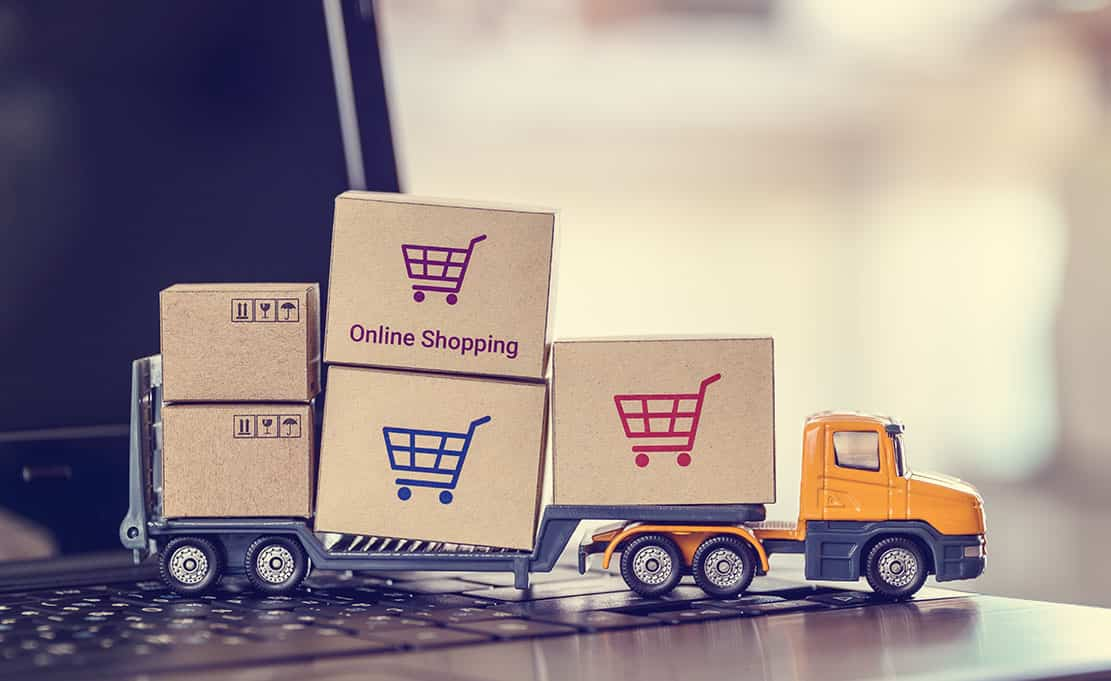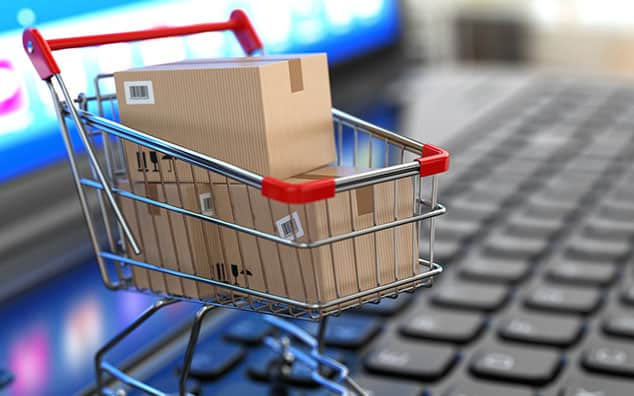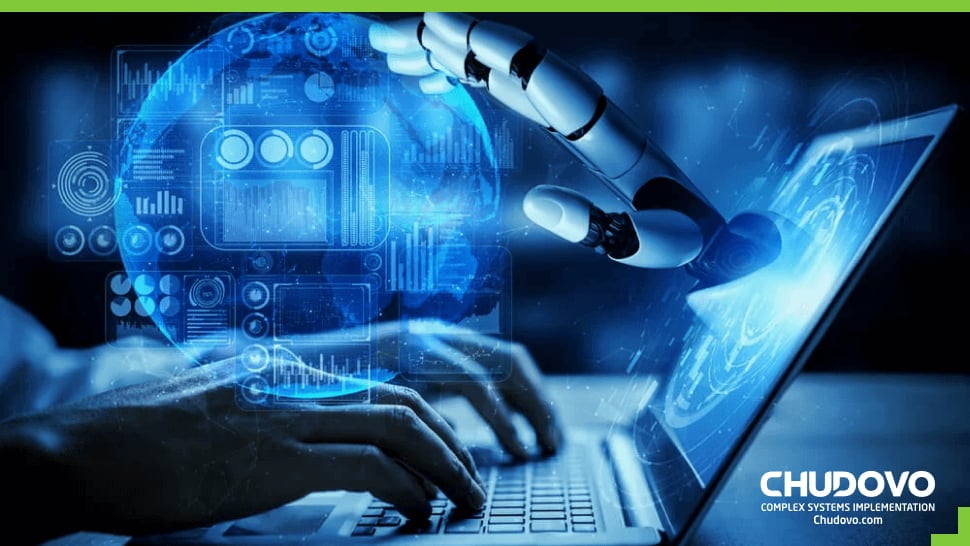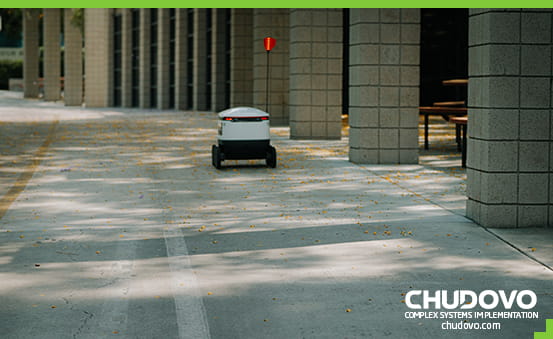Revolutionizing Retail: How Machine Learning is Transforming the Shopping Experience
The retail industry is going through a face of redefinition right now. Shopping is no longer a guessing game like it used to be because retailers can now use data to create tailored experiences for consumers. From customized suggestions to enhanced inventory management, leading to greater value for customers.
Table of content
What is the implication of machine learning in retail businesses?
Machine learning in retail encompasses the utilization of self-learning or unsupervised algorithms to analyze massive quantities of data and determine essential measures, frequent trends, irregularities, and links between cause and effect in variables of data, thereby helping businesses to acquire an improved comprehension of the trends propelling the retail industry and the various environments where retailers conduct their operations. As a machine learning algorithm handles more retail data, it helps improve operation efficiency by identifying new correlations and properly structuring the business settings under analysis.
Machine learning can provide improved solutions for data analytics such that when compared to statistical analytics techniques, this procedure peeks considerably deeply into data and identifies sensitive connections between data points used to evaluate market trends so that the retail industry can meet the expectations of its consumers.
The pattern recognition capability of machine learning opens up the possibility of more significant development in the field of AI called cognitive technologies, where robots mimic various fundamental characteristics of humans. This includes natural language processing solutions that leverage machine learning to interpret and reproduce patterns of language in human speech. For example, retail businesses use this in communication interfaces such as chatbots. This helps to provide customers with an interactive service experience. The use of computer vision in the retail industry recognizes visually distinctive patterns and correlates them with particular objects. For instance, this subset of machine learning solution can be used so that retail businesses can closely and effectively monitor the state of their stocks, know when their supplies are running low, and automate the process of restocking.
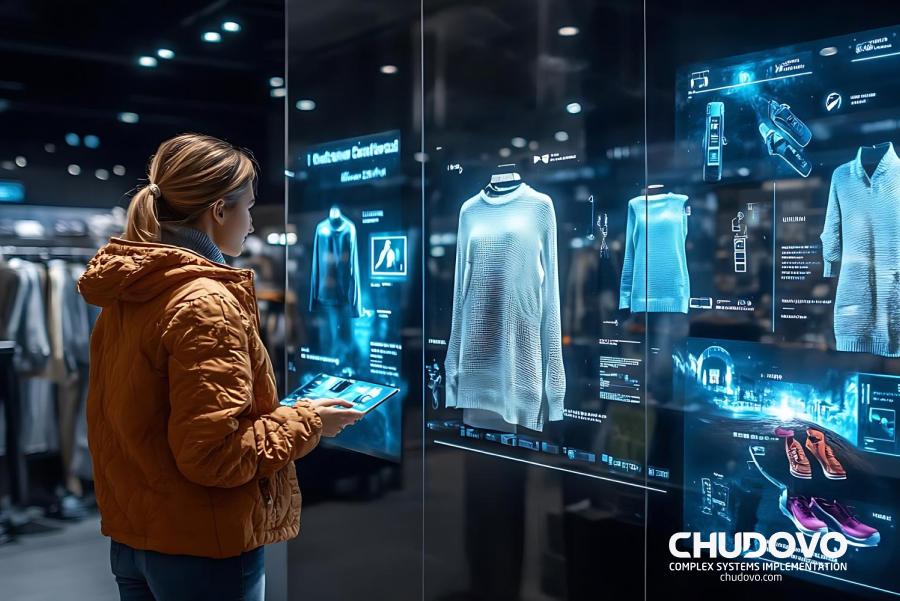
The importance of machine learning in the retail industry
Personalization has emerged as significant for retail businesses because customers look for unique shopping experiences. Machine learning helps to successfully accomplish this by evaluating consumers’ data and delivering specific suggestions that suit their individual tastes and behavior. Another aspect where machine learning has completely redefined the retail industry is automation. Retailing businesses can save money and enhance productivity by automating the control of stock such as being able to keep track of the quantity of available products and the optimization of supply chain procedures. For example, retailers will be able to decide which territory prefers certain products and how those products will be delivered and through which route all of which gives a satisfied customer service and a smooth retail process.
A report from a Google dataset search on machine learning in retail shows that the compound annual growth rate will expand to 39.50%.from 2023 to 2030.
Better customer fulfillment
Many times customers tend to patronize the retail business they know by name and can easily identify, especially if they are used to purchasing goods from such business. These businesses also keep their purchase history, which enables them to suggest alternatives for these consumers based on their purchase history. With machine learning in the retail industry, customer satisfaction can be enhanced through customized shopping experiences and rapid delivery time.
Personalization results in more revenue
Machine learning algorithms evaluate customers’ data to uncover trends and preferences such that retail businesses can predict what these consumers want and like, helping the retail industry to customize its advertisement and product delivery. The use of customization in click-to-sale advert campaigns will increase the value of client lifetimes and long-term revenue. Click-to-sale monitors sales generated from specific customization Initiatives and makes an effort to ascribe itself to the successful outcome of these modifications toward achieving direct sales. It increases the trust customers have in a retail business provider and leads to more revenue generation.
Better supply chain efficiency
The retail industry has since properly utilized machine learning in this sector such that it is used to enhance the delivery route of goods for customers. This reduces the duration of transportation and expenditure of fuel because this solution can rightly identify routes that are less congested and easy to navigate, resulting in less expensive operating costs and a better-performing supply chain system.
Improved personnel management
Machine learning in the retailing industry enables effective management of workforce sizes and schedules because the retail data evaluation will give an insight into how many personnel are actually required to complete certain tasks and help plan how their time can be properly managed. This lowers labor expenses and enhances efficiency. For instance, machine learning-powered software can properly evaluate information about sales to identify the busiest periods and plan employees’ time appropriately by assigning tasks efficiently.
Automation of routine tasks
Think of a retail store where computers are made to carry out the repetitive tasks. Retail businesses will no longer spend countless hours of time tracking quantities of goods in stock and processing orders manually. Because now these tasks are easily automated with the aid of machine learning. Helping employees to focus on what matters: assisting customers and developing new operational strategies.

Certified engineers
Convenient rates
Fast start
Profitable conditions
Agreement with
EU company
English and German
speaking engineers
Application of machine learning in the retail business
Delivery optimization
Products come and go, and maximizing the way they exit your store is equally important as mastering their resupply. Machine learning-powered route navigation has an essential application in artificial intelligence for transportation because it uses imaging devices such as cameras, sensors, and other kinds of devices connected through the Internet of Things for gathering real-time traffic and weather data and determining the most efficient route for delivery. For example, machine learning is used to optimizate routes between two cities for the purpose of hastening the delivery procedure. The algorithm takes into consideration the weather conditions and the experience of the driver whilst suggesting the most suitable time for delivery to each customer.
Delivery times could be minimized by offering items to consumers before they click the “buy” button. This is an approach implemented by Amazon, and It builds an “anticipatory shipping” method that relies on machine learning, which can forecast what its customers are most likely to order in the future based on the purchases they made in the past, wishlists, and other factors. This technique enables Amazon to move products to a closer location while waiting for the client to make a purchase of the item and then deliver it almost immediately, which is cheaper compared to delivery on the same day.
Virtual try-on
Machine learning in retail can be very effective when integrated with modern technologies such as computer vision and augmented reality. This combination empowers businesses to implement virtual try-on solutions, enabling customers to virtually try on clothing, jewelry, and other items before making a purchase. This virtual try-on solution offers a series of advantages:
- Customers can try on dozens of different products virtually and find out about new ones at no expense or risk which helps increase sales.
- It reduces returns and cancellations because customers receive validation and affirmation that the item meets their requirements prior to purchasing.
- Customers try on as many goods as possible and share their personalized try-on pictures with other people, which results in enhanced brand engagement.
Recommendation engines
The objective of these engines within Internet marketplaces is to serve as a virtual imitation of actual salesperson assistance, which helps to identify the sort of clients we are selling to and hence connects them to products that suit their taste. This system functions as such:
- Customers are categorized according to their individual data, comprising patterns of behavior and previous purchases made on other platforms, browsing history, and product enumeration.
- Adding detailed information about products and criteria based on contexts such as geographic location, and market trends helps boost the recommendation system of retail businesses as specific goods will be readily available more in certain locations and markets.
- Consumers no longer have to wander over a variety of products to choose from, because this system offers specific suggestions that fit customers’ search, and then refine the recommendation according to their input.
Categorizing of customers
Categorizing is an essential aspect of marketing because consumers can be segmented into distinct groups with comparable features, a process implemented utilizing a machine learning algorithm. The algorithm enables the evaluation of huge datasets, identifying patterns that are not obvious to humans. For example, with machine learning retail businesses can evaluate all obtainable sales data and complex techniques to classify them to achieve market segmentation.
Customer service chatbots
Chatbots and virtual assistants are now used more in the retail industry. To achieve interactivity in the retail business, chatbots are developed by leveraging machine learning. Cognitive technologies such as natural language processing are used to power chatbot systems. These systems are present to assist customer all day long without taking a break because their process is automated. Some of the features it offers to consumers include giving updates about new collections of items, supporting buyers in identifying items they want, and relying on recommendation system predictions to give suggestions on products that suit their choices.
Inventory management
Machine learning has the ability to evaluate and act on large amounts of customer data and predict their potential requirement. It enhances the supply chain operations and minimizes the inventory costs control significantly. Price is one factor that impacts the demand for items in the market, and with the utilization of machine learning, retail businesses can understand how this process works, hence improving their pricing strategies. Some variables that affect the demand pattern on a global scale include:
- Some stores employ the initiatives of advertisement, price decision, and selection of products in order to create awareness for their consumers concerning specific items, their prices, and why you should choose them.
- Patterns at which consumers purchase goods. Based on the days, either weekdays or weekends, retail businesses can determine when certain goods are bought often and ensure the availability of those products during those periods.
Fraud detection
Machine learning algorithms can easily detect abnormalities in financial transactions that are different from normal behavioral patterns. For example, high-frequency transfers that do not occur constantly in specific accounts. It also helps in countering identity theft by evaluating the behavior or pattern at which a user makes purchases and information about their transaction. computer vision is another technique that can be used to inspect documents and validate the identity of the user with the help of biometrics and facial recognition processes. The value of machine learning models for the detection of fraud has become apparent in recent years as it is used to prevent prying eyes from breaching customers’ sensitive data during online shopping. Machine learning can effectively identify and protect customers from fraud, leading to safe retail environments.
Targeted marketing
This is another solution that uses the power of machine learning in the retail business while generating in-store sales. Its mode of operation is quite similar to the recommendation system. Machine learning predictive analytics models gather and evaluate data of users from online stores and social media in order to examine important variables that will help optimize the adverts targeted at specific markets or people. These variables include:
- Population variables such as age and gender of those targeted for a particular product
- Behavioral information such as the things they are interested in concerning certain products and what their personality is like in order to focus on an advert that matches their taste and entices them so they can make the purchase.
- Location data. In what cities do they reside? To be sure what people in that city like before an advert can be targeted towards them.
Considering these factors and how they are linked. For instance, age, cultural interest, and favorite brand. Machine learning models predict customers’ preferences and behavior towards particular products aiding it to be aimed at a segmented group with completely customized adverts and content.
Dynamic pricing
Machine learning ability is beyond just the prediction of what consumers desire to buy, it can also predict the cost they are prepared to pay for an item. One significant use of this solution is in dynamic pricing, and it entails making variations to market prices in accordance with changing circumstances. In order to correctly predict the possible effect of these variations on demand, called price elasticity, and recommend modification to prices that will maximize revenue while reducing the risk of customers stopping purchasing products over a certain period. An extensive variety of parameters that will be challenging to handle manually can be effectively evaluated using these machine-learning models. For example, they can crawl the internet in search of comparable prices of items offered by competitors, advertising initiatives, and the pricing history of certain products.
Machine learning algorithms can additionally include overall market patterns, demands for products versus supply, and the lowest-priced commodities in their particular categories, which often cause an overly high proportion of demand for these products. In creating a price reduction plan and taking away outdated products by the close of the year all theses details are needed.
Video surveillance
Video safety systems utilizing machine learning and computer vision can help identify questionable behavioral patterns typical among shoplifters, such as finding out whether a person took an item on a shelf and hid it in their pocket. For physical retail stores to be able to effectively identify theft with computer vision, they need not only algorithms and cameras with high resolutions but majorly an immense amount of labeled visual data showing distinct trends of stealing behaviors.
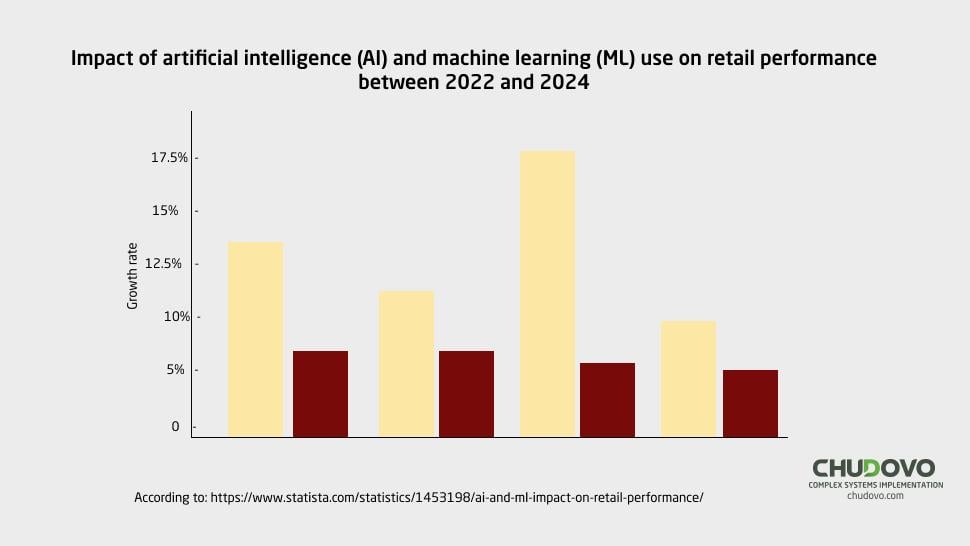
Research from Statista says that retailers who implemented this solution in their businesses outperformed their competitors. They experienced about an 8% increase in their annual profit for utilizing machine learning compared to those who did not leverage this solution in their business.
The implementation of machine learning in retail businesses
Note the process that can be enabled using machine learning
When integrating machine learning into retail businesses, investigate internal procedures and check the following:
- To accomplish your retail business objective, how will machine learning be used in the process?
- Which activity in the business needs more human effort and can be repeated?
- Does any procedure in the business involve a point where humans need to work and examine huge amounts of data?
Data collection
Data collection serves as an essential aspect of machine learning. For improved handling and evaluation of data, there is a need to adhere to a particular procedure in order to keep your data safely in a database.
Find a suitable machine learning model
Once your training data is set, there is a need to test using multiple models, in order to determine which best suits your retail business. Choosing your machine learning model relies on what target you want to make predictions on. It is important to validate the correctness of a model before it is implemented.
Evaluate its revenue generation
First, evaluate what your revenue is likely to be for your business when a solution like machine learning is implemented. How much will it cost to utilize the solution? and after that, how well can it help the business keep potential clients to continue purchasing your products.
FAQ
Why is machine learning in retail important?
This solution is important in retail because it helps to structure the business properly and improve operations such as supply chain management, and handling of inventory, all of which aid a better service of a retail business.
How does the recommendation process of machine learning in retail business work?
Just like a human that pays attention to their customer preferences, machine learning models do the same by evaluating large amounts of data involving what customers enjoy purchasing so they can recommend such products or alternatives of those products when they want to make a purchase again.
What are some of the uses of machine learning in retail business?
One of its major uses is the ability to provide customized experiences to customers. And also predict trends based on the data a model has been trained with, this procedures help a business offer seamless service.
Contact the expert team of Chudovo software engineers to implement a machine-learning algorithm into your retail business.


